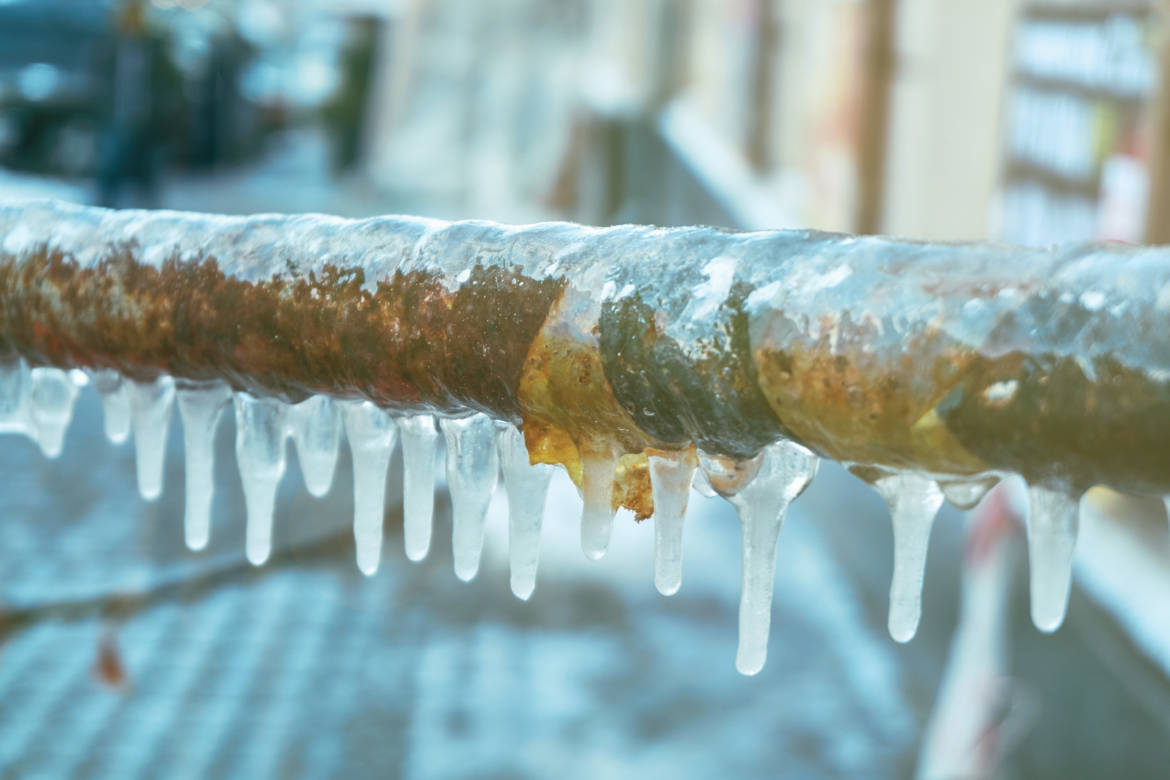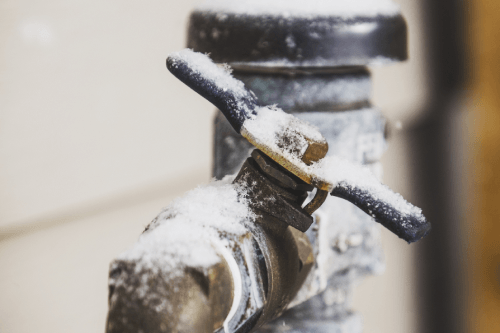Ways to Safeguard Your Plumbing from Freezing: Key Advice
Ways to Safeguard Your Plumbing from Freezing: Key Advice
Blog Article
This great article directly below relating to Preventing and dealing with frozen pipes is particularly engaging. Don't miss it.

Winter can wreak havoc on your pipes, specifically by freezing pipelines. Right here's exactly how to prevent it from happening and what to do if it does.
Intro
As temperatures decline, the danger of icy pipelines rises, possibly causing expensive repairs and water damages. Recognizing how to stop icy pipes is crucial for home owners in cold environments.
Recognizing Frozen Pipelines
What triggers pipelines to freeze?
Pipelines freeze when revealed to temperature levels below 32 ° F (0 ° C) for prolonged periods. As water inside the pipes freezes, it increases, putting pressure on the pipeline walls and possibly creating them to rupture.
Threats and damages
Frozen pipelines can lead to water system disruptions, building damages, and pricey repair services. Ruptured pipes can flooding homes and create extensive structural damages.
Signs of Frozen Pipes
Determining icy pipelines early can stop them from rupturing.
Exactly how to determine icy pipelines
Try to find lowered water flow from faucets, unusual odors or sounds from pipes, and noticeable frost on subjected pipes.
Prevention Tips
Insulating susceptible pipes
Cover pipes in insulation sleeves or utilize heat tape to secure them from freezing temperatures. Focus on pipelines in unheated or outside areas of the home.
Heating methods
Maintain indoor rooms properly heated up, specifically areas with pipes. Open up cabinet doors to permit cozy air to circulate around pipes under sinks.
Safeguarding Outdoor Pipes
Yard tubes and exterior taps
Detach and drain garden pipes before winter season. Install frost-proof spigots or cover outside faucets with protected caps.
What to Do If Your Pipes Freeze
Immediate actions to take
If you think frozen pipelines, maintain faucets available to eliminate pressure as the ice melts. Make use of a hairdryer or towels taken in warm water to thaw pipes slowly.
Long-Term Solutions
Architectural changes
Think about rerouting pipes far from outside wall surfaces or unheated areas. Include added insulation to attic rooms, basements, and crawl spaces.
Updating insulation
Invest in top quality insulation for pipelines, attics, and walls. Correct insulation helps preserve regular temperatures and minimizes the danger of frozen pipelines.
Verdict
Preventing frozen pipes needs aggressive actions and fast feedbacks. By recognizing the causes, indications, and safety nets, home owners can shield their plumbing throughout cold weather.
5 Ways to Prevent Frozen Pipes
Drain Outdoor Faucets and Disconnect Hoses
First, close the shut-off valve that controls the flow of water in the pipe to your outdoor faucet. Then, head outside to disconnect and drain your hose and open the outdoor faucet to allow the water to completely drain out of the line. Turn off the faucet when done. Finally, head back to the shut-off valve and drain the remaining water inside the pipe into a bucket or container. Additionally, if you have a home irrigation system, you should consider hiring an expert to clear the system of water each year.
Insulate Pipes
One of the best and most cost-effective methods for preventing frozen water pipes is to wrap your pipes with insulation. This is especially important for areas in your home that aren’t exposed to heat, such as an attic. We suggest using foam sleeves, which can typically be found at your local hardware store.
Keep Heat Running at 65
Your pipes are located inside your walls, and the temperature there is much colder than the rest of the house. To prevent your pipes from freezing, The Insurance Information Institute suggests that you keep your home heated to at least 65 degrees, even when traveling. You may want to invest in smart devices that can keep an eye on the temperature in your home while you’re away.
Leave Water Dripping
Moving water — even a small trickle — can prevent ice from forming inside your pipes. When freezing temps are imminent, start a drip of water from all faucets that serve exposed pipes. Leaving a few faucets running will also help relieve pressure inside the pipes and help prevent a rupture if the water inside freezes.
Open Cupboard Doors
Warm your kitchen and bathroom pipes by opening cupboards and vanities. You should also leave your interior doors ajar to help warm air circulate evenly throughout your home.

I was made aware of that report about Prevent Frozen Pipes from someone on another web property. Liked our post? Please share it. Help other people discover it. We enjoy your readership.
Call Today Report this page